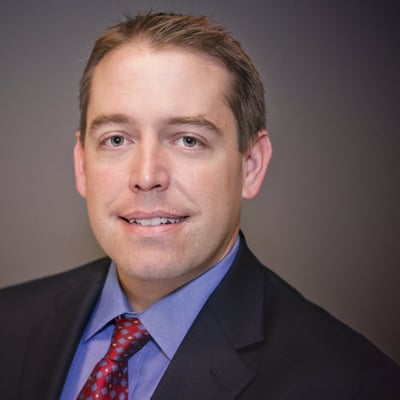Service Spotlight: Structural Engineering with Bryan Seamer
 As part of a continuing series on this blog, we’ll take a look at members from each of our services to highlight LPA’s integrated design process and showcase our commitment to sustainable design.
As part of a continuing series on this blog, we’ll take a look at members from each of our services to highlight LPA’s integrated design process and showcase our commitment to sustainable design.
Bryan Seamer, SE
Associate / Director of Structural Engineering
Q: How long have you worked at LPA?
A: I joined LPA three years ago after spending the first part of my career working at both a traditional “non-integrated design” A+E firm, and a big structural engineering consulting firm.
Q: Why do you think it is valuable to work at an integrated design firm?
A: Twenty-first century design demands problem solvers with a set of knowledge and skills not embodied in a single person since the days of the renaissance masters. At LPA, we recapture this holistic approach to design by bringing a team of experts together at the very earliest stages of a project. The engineering, architecture and site design experts work together to create a design that isn’t biased towards any single discipline. Traditional architecture firms ask a group of engineering consultants to justify a pre-established design concept. Our clients find that this unique philosophy creates places and spaces that aren’t just aesthetically successful but also functional, durable, future-proof and cost-effective.
Q: How does sustainable structural engineering impact the overall design solution?
A: A common misconception about structural engineering is that our contribution to sustainable design is limited to specifying fly ash instead of cement. In fact, our contribution is much more impactful than that, particularly in areas of the world susceptible to natural disasters. In 2011 Christchurch, New Zealand experienced a magnitude 6.3 earthquake. Even though the majority of the city’s buildings remained standing immediately following the earthquake over 1200 buildings—70 percent of downtown Christchurch—were so damaged they ultimately had to be demolished and rebuilt. The amount of energy, materials and resources devoted to this amount of reconstruction is antithetical to the principles of sustainable design. Structural engineering expertise is a crucial component in the emerging field of resilient sustainable design.
Q: What does a day in the life of Bryan Seamer look like?
A: The most challenging part of my day is the first hour when I get my two-year-old daughter and three-year-old son from bed to preschool. On some days this process makes the most complicated building design challenge seem like child’s play. My favorite part about leading an engineering team at LPA is the many different things I have the privilege of contributing to throughout the day. On a recent Wednesday I participated in a brainstorming session with one of our top structural engineers to figure out an elegant and affordable way to transfer 350 tons of seismic force from a steel beam into a masonry shear wall, then joined a conference call with the Facilities Director of a large school district to strategize the seismic retrofit component of a $1 billion district-wide school modernization program, and I made a presentation to a new client to share ideas for a creative mixed-use development in San Diego. I usually end my day by cuddling with the kids while they watch Mickey Mouse Clubhouse before bedtime followed by a relaxing dinner with Becky, my wife of 13 years.
 Q: What’s the most interesting project you’ve worked on? What did it entail?
Q: What’s the most interesting project you’ve worked on? What did it entail?
A: One of my favorite projects is the recent renovation and seismic rehabilitation of Richard and Dion Neutra’s Tower of Hope on the Christ Cathedral campus in Garden Grove. Built in 1968, the Tower of Hope is an important example of mid-century modernism and a building of historical significance. Unfortunately, the 50-year-old concrete-framed tower was at risk of collapse during future earthquakes and the Diocese of Orange was faced with the possibility of demolishing the iconic building due to the large seismic retrofit costs. By using a 21st century performance-based design approach we were able to retrofit the Tower without sacrificing its most significant design elements at a cost of less than half of what the Diocese had estimated and preserve the building for future generations.
Q: How do you see role of structural engineer changing in the next five years?
A: One of the most important emerging trends in our industry is resilient design. While sustainable design that ensures the health and vitality of all life by minimizing people’s impact on the natural world will always be a core tenet of the way we design buildings, resilient design that prepares society to recover quickly from natural disasters is becoming more and more important. LPA is a Founding Member of the U.S. Resiliency Council (www.usrc.org) a nonprofit organization that developed and administers a consensus process for evaluating and rating the seismic performance of new and existing buildings. This organization and others like it are becoming an important part of the way we think about planning and building.
Q: What advice would you give someone thinking about becoming an engineer?
A: Despite what you may have heard engineering isn’t about numbers and equations, it’s about people. The key to a successful career in engineering is to focus on personal relationships with colleagues, mentors, clients and collaborators with as much passion and zeal as you focus on the teachings of Newton, Euler, Bernoulli and Maxwell.
